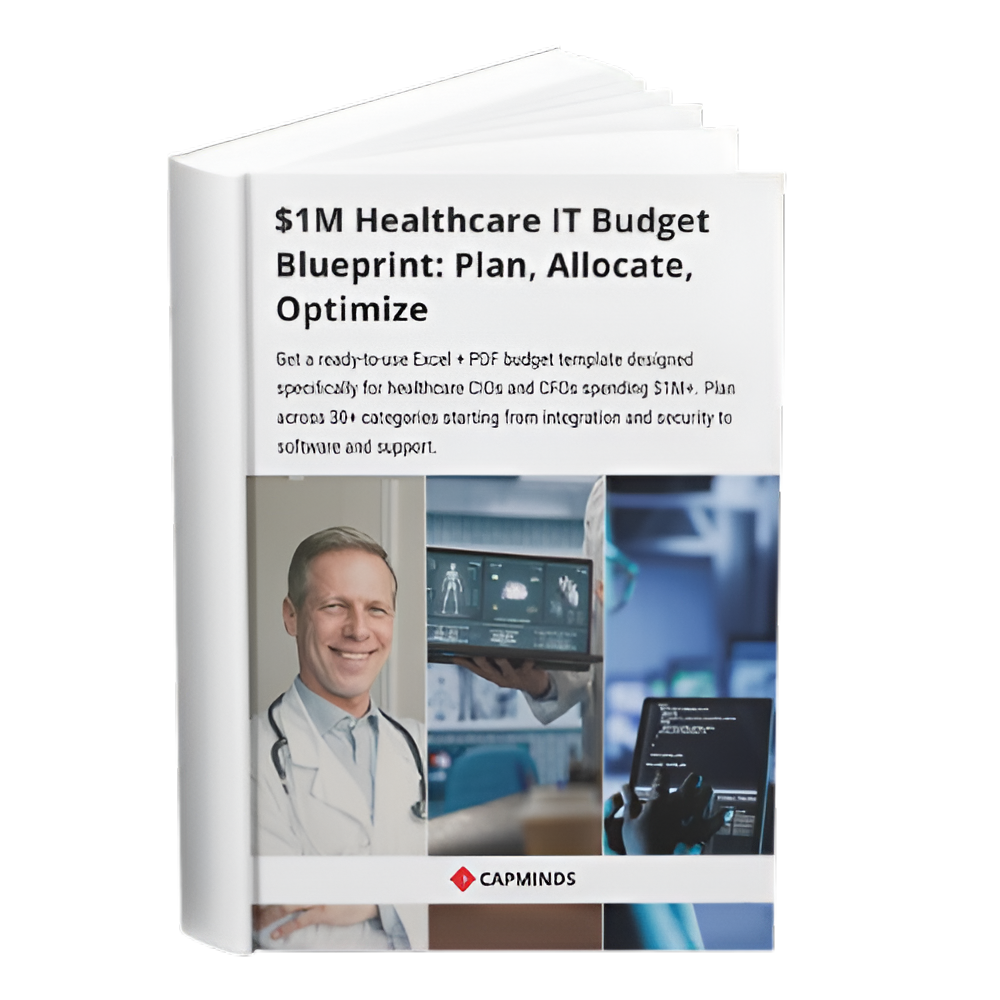How Accounts Receivable (AR) Services Improve Healthcare Revenue Cycle
Financial stability is crucial in the field of healthcare. Accounts Receivable is one of the most important components of healthcare revenue cycle management. Effective AR management guarantees that healthcare organizations receive timely reimbursement in addition to offering high-quality care.
Without it, providers may experience financial instability, refused claims, and delayed payments. In this blog, you’ll know what AR is, common challenges, and strategies to maximize AR management.
What is Accounts Receivable in healthcare?
Accounts receivable refers to the unpaid invoices that patients, insurance companies, or third-party payers owe healthcare providers for services rendered. It’s the money that providers anticipate receiving but haven’t yet received.
The hospital bills the patient or the insurance company after the patient receives treatment. On the provider’s balance sheet, this payment is listed as “receivable” until it is settled. Maintaining a sustainable cash flow depends on this process being managed well.
Important elements of AR in healthcare include:
- Claims made to insurance companies
- Outstanding balances for patients
- Awaiting third-party payer payments
- Resubmissions and rejections
Importance of Accounts Receivable in Healthcare
AR plays a direct role in the financial health of any healthcare practice. Paying employees, covering operating expenses, and investing in improved patient care technologies are all made possible by prompt reimbursement.
Furthermore, increasing the predictability of cash flow requires effective AR management. Providers can better plan their budgets and direct resources where they are most needed by cutting down on the number of days outstanding.
Why AR management matters
- Guarantees prompt payment for rendered services
- Stops revenue loss from write-offs or denials
- Increases patient satisfaction by using transparent procedures for billing and collecting
- Boosts financial planning by lowering uncertainty in cash flow
Common Challenges in AR Management
Despite its significance, managing AR presents several difficulties for healthcare businesses. If these obstacles are not successfully overcome, they frequently result in lost or delayed revenue.
Claim denials are among the most urgent problems. Insurance companies may deny claims due to improper coding, missing paperwork, or a lack of prior authorization. The administrative burden and AR days are increased with each refused claim.
Important difficulties include:
- Rejects and denials of claims because of code or documentation mistakes
- Insurance companies’ and patients’ delayed payments
- Confusion over patient accountability brought on by high-deductible plans
- Absence of automation in receivables tracking and management
- Unreliable follow-up with patients or payers
These difficulties highlight the necessity of an organized AR management procedure supported by technology and qualified experts.
Assessing AR Performance in Medical Fields
Monitoring AR performance is essential to comprehending a healthcare organization’s financial situation. The majority of providers strive to maintain Days in Accounts Receivable (DAR) below 50, while industry standards can differ.
The following are important metrics to calculate AR performance:
- Days in AR, the typical amount of time needed to obtain payments
- Unpaid receivables are categorized by AR aging report like 0-30 days, 31-60 days.
- Denial rate is the percentage of claims denied by payers.
- The percentage of successfully collected receivables is known as the collection rate.
Tracking these KPIs facilitates the identification of problems and the optimization of the collection procedures.
Methods to Enhance the Management of AR
By putting best practices into effect, healthcare businesses can drastically cut down on AR days and increase revenue cycle efficiency. The secret is to expedite payment collection and aggressively avoid denials.
Proven techniques for optimizing AR
- Precise Patient Registration – Verify all insurance and demographic information up front.
- Clean Claim Submission – Before submitting, check the accuracy of the coding using automated tools.
- Frequent AR follow-ups – Use RCM software or assign specialized personnel to ensure prompt follow-ups.
- Patient Education – To avoid misunderstandings, make financial obligations clear.
- Automation and Analytics – Track payments, identify trends, and maximize collections with AI-powered solutions.
Advanced technology and staff training can help providers decrease revenue leakage and expedite payments.
Technology’s Function in AR Management
RCM software is being used more and more by modern healthcare businesses to automate AR procedures. In addition to lowering human error, technology makes it possible to track claims and payments in real time.
Automation solutions, for instance, can create thorough AR aging reports, identify claims that are likely to be rejected, and remind patients. Analytical tools driven by AI can also predict cash flow and spot payer trends that impede payment.
Healthcare providers can lessen their administrative burden and concentrate more on patient care rather than collecting fees if they have the appropriate tools.
Related: The RCM Guide to Timely Claims Submission: Avoid Costly Rejections and Revenue Loss
Outsourcing Accounts Receivable in Healthcare
AR management is often outsourced to specialized suppliers by healthcare facilities. Outsourcing ensures adherence to industry laws, lowers overhead, and increases collection rates.
By collaborating with specialists, suppliers can access qualified experts who are just interested in AR optimization. As a result, internal personnel may concentrate on providing patient care rather than handling paperwork.
Advantages of AR Outsourcing:
- Dedicated AR follow-up teams result in faster collections.
- Denials decreased with professional claim handling
- Enhanced adherence to payer regulations and standards
- Scalability to manage large patient numbers
Best Practices for an Effective AR Process
Healthcare providers must take a proactive stance to preserve a sustainable AR process. This entails using automation, putting training programs into place, and routinely monitoring AR data.
The Best Practices are:
- Provide patients with explicit financial guidelines.
- Educate employees on proper documentation and code
- Examine AR aging information on a weekly or monthly basis.
- Establish performance standards and monitor advancement.
- Make decisions about AR strategy based on data.
Healthcare companies can guarantee that their AR procedures continue to be effective and financially viable by regularly adhering to these guidelines.
CapMinds Accounts Receivable & Medical Billing Services
At CapMinds, we understand that financial stability is the backbone of successful healthcare delivery. That’s why our Accounts Receivable Services are designed to help providers maximize collections, reduce claim denials, and accelerate reimbursements.
By combining our medical billing expertise with advanced RCM solutions, we empower healthcare organizations to focus on patient care while we ensure seamless revenue flow.
With CapMinds, you benefit from:
- End-to-End AR Management – From claim submission to denial resolution and follow-ups.
- Medical Billing Services – Accurate coding, clean claims, and faster reimbursements.
- Denial Management – Reduced rejections through expert coding and documentation review.
- Automation & Analytics – Real-time AR tracking and performance dashboards.
- Compliance & Accuracy – HIPAA-compliant processes and payer regulation expertise.
Partner with CapMinds to transform your AR process into a reliable revenue engine.
Let’s streamline your medical billing and AR services for sustainable financial growth.


